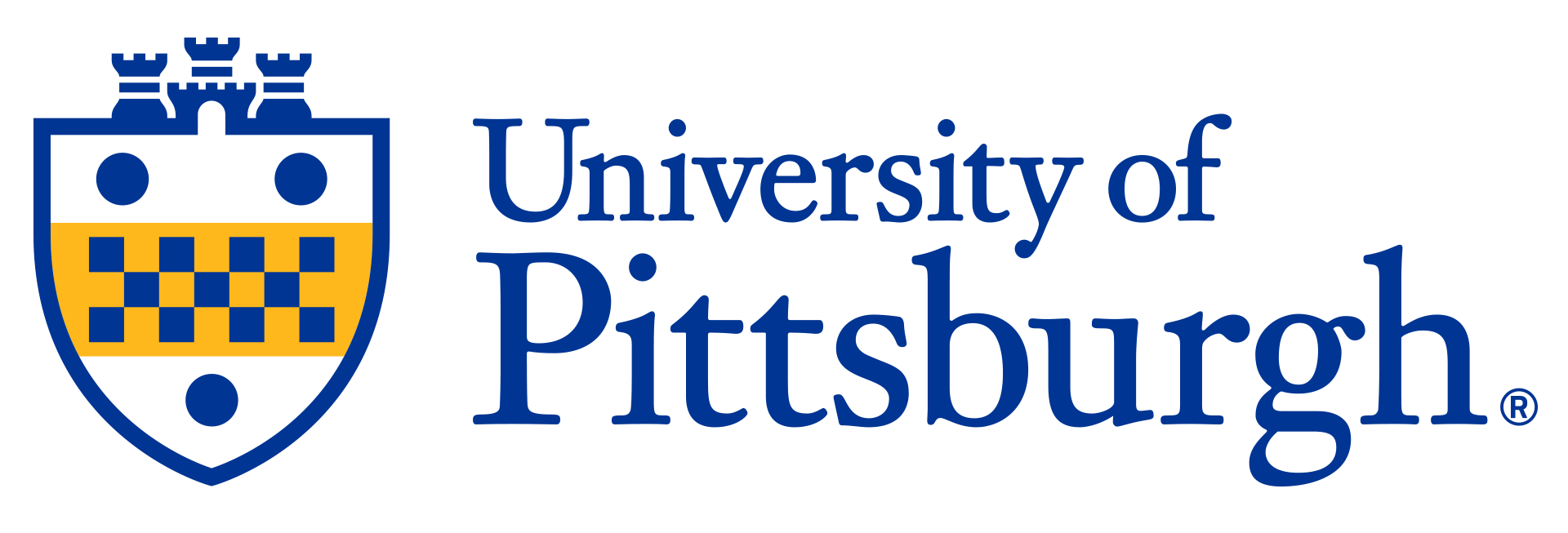

Individualized and Dynamic Hearing Compensation for Tonotopic Distortion
This acoustic signal processing strategy addresses sensorineural hearing loss by compensating for distorted tonotopic coding. It begins by quantifying an individual's specific tonotopic distortion through a combination of behavioral and physiological measurements. Based on these assessments, compensation algorithms are parameterized to provide tailored and adjustable levels. The processing dynamically adapts to the spectral characteristics of incoming broadband sounds, particularly those with high spectral tilt, and can seamlessly integrate with conventional hearing aid features. Additionally, active acoustic cancellation is employed to precisely control low-frequency sound energy, thereby expanding the dynamic range available for compensation.
Description
Unlike traditional hearing aids that primarily amplify sound based on audiometric thresholds to improve audibility, this technology directly targets the physiological distortion of tonotopic coding, a key reason for poor speech understanding in noisy environments. While conventional devices apply gain on a frequency-by-frequency basis, this approach compensates the entire broadband signal, dynamically adjusting to individual needs and sound characteristics. By addressing the underlying neural coding abnormalities rather than just sound audibility, this system offers a unique solution to significantly enhance speech perception in complex listening situations.Applications
- Next-generation hearing aids- Enhanced speech clarity devices
- Personalized auditory prosthetics
- Audiology diagnostic tools
- Noise-adaptive hearing solutions
Advantages
- Significantly improves speech understanding in noisy environments for individuals with sensorineural hearing loss.- Provides personalized and tailored hearing compensation based on individual tonotopic distortion profiles.
- Addresses the underlying physiological distortions of sensorineural hearing loss, going beyond conventional amplification.
- Offers the potential to reduce hearing aid abandonment rates by enhancing user experience and effectiveness.
IP Status
Patent PendingRelated Publication(s)
Bharadwaj, H., Parida, S., Kafi, H., Alexander, J., & Heinz, M. (2024). Overzealous Tail: Distorted Tonotopy Degrades Suprathreshold Sound Coding in Sensorineural Hearing Loss. Mechanics of Hearing Workshop 2024 (MoH 2024), Ann Arbor, Michigan, USA. Zenodo. https://doi.org/10.5281/zenodo.13334673
Parida, S., & Heinz, M. G. (2022). Distorted Tonotopy Severely Degrades Neural Representations of Connected Speech in Noise following Acoustic Trauma. The Journal of Neuroscience, 42(8), 1477–1490. https://doi.org/10.1523/jneurosci.1268-21.2021